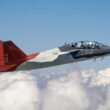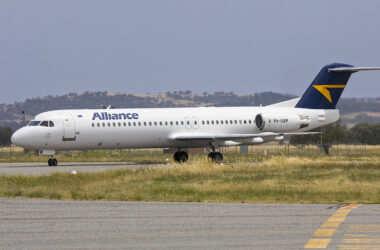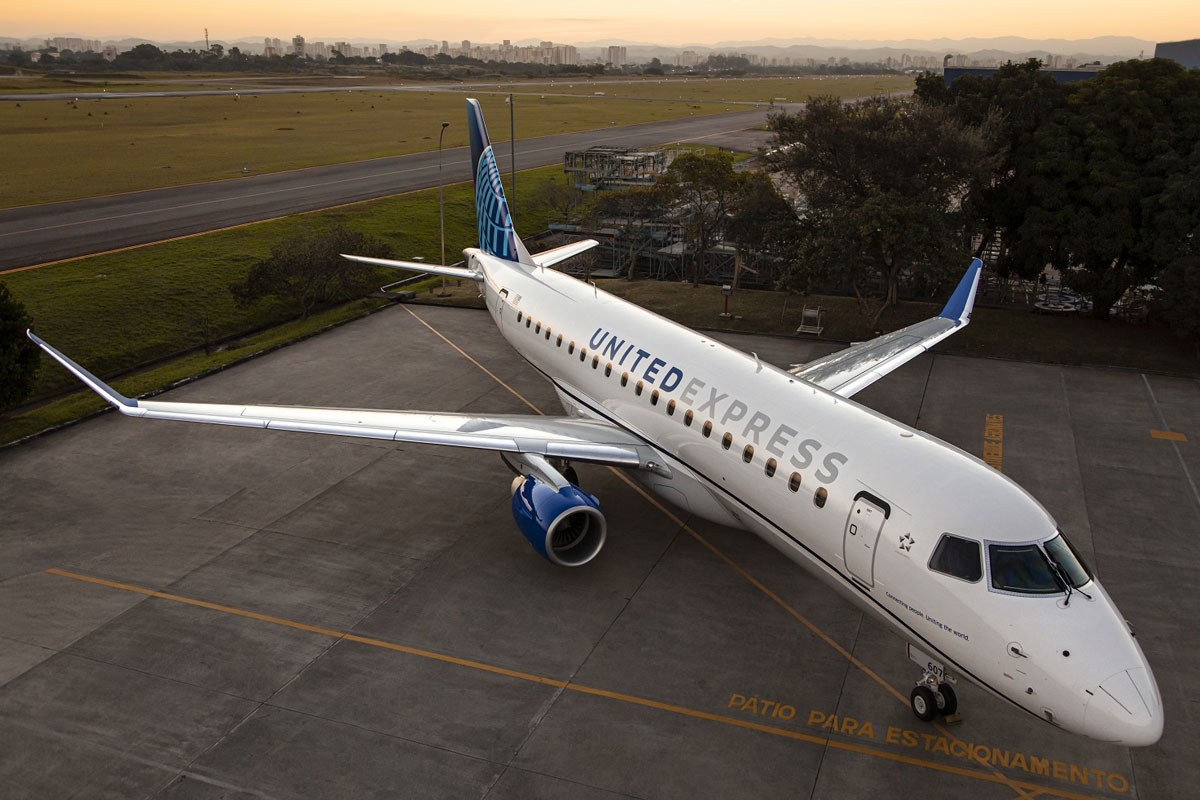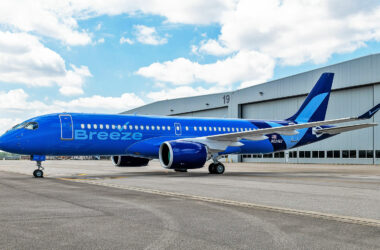Airbus performed the maiden flight of the second A321XLR on September 23 in Hamburg, the planemaker revealed. The test aircraft will join the first prototype that is in Toulouse, carrying out the certification program since June.
The second A321XLR, registration F-WWBZ, features Pratt & Whitney PW11000G engines as a differential, while the first aircraft was equipped with CFM’s Leap-1A turbofans.
According to Airbus, the two test aircraft are equipped with the full suite of flight test instrumentation (FTI) and interactive engineering stations.
The A321XLR, known as FTV1 and FTV2, will receive a transferable water ballast system to ensure the change of CG during flight. “Overall, they will focus on the aircraft’s technical systems, updated flight controls and handling and performance. The only major physical difference between these aircraft is their respective engine type: CFM LEAP-1As for FTV1 and P&W GTF engines for FTV2”, says the company.
A third prototype is being assembled while an aging A321neo, the MSN6839, undergoes modifications to match the new planes.
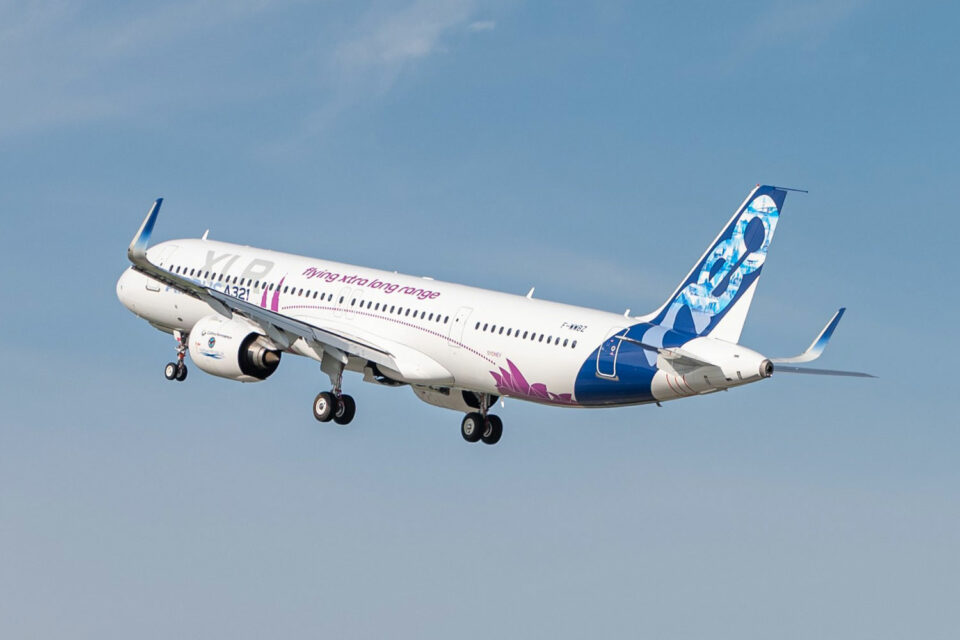
“The completion of these activities and submission of all the final documents around the end of next year to the airworthiness authorities will allow us to validate and certify the complete aircraft. This will enable us to deliver to the airlines what they need on day one when the A321XLR enters service in 2024,” says O’Donnell.
The A321XLR will be the longest-range, single-aisle twin-engine jet in history, capable of flying 4,700 nautical miles (8,700 km) nonstop.


